The global energy landscape is undergoing a profound transformation, driven by an escalating demand for reliable, sustainable, and decentralized power solutions. Industries and commercial enterprises are increasingly seeking autonomy from volatile grid conditions and striving to reduce operational expenditures through intelligent energy management. This paradigm shift has propelled micro-hybrid storage solutions to the forefront, offering unparalleled flexibility and efficiency. Within this evolving ecosystem, the SolarTrunk (Micro Hybrid Storage Unit) emerges as a critical innovation, designed to meet the rigorous demands of modern B2B applications by seamlessly integrating solar PV generation with advanced battery storage and intelligent grid interaction.
Contemporary industry trends emphasize modularity, scalability, and enhanced control. Businesses require solutions that not only optimize energy consumption and generation but also provide robust backup capabilities to ensure continuous operations. The adoption of microgrids and hybrid systems is gaining momentum, particularly in sectors where grid stability is a concern or where energy independence offers significant strategic advantages. These systems enable peak shaving, demand charge reduction, and facilitate the transition towards a net-zero energy footprint, directly contributing to both financial savings and environmental stewardship.

The advanced architecture of the SolarTrunk (Micro Hybrid Storage Unit) addresses these market imperatives by offering a compact, all-in-one solution that combines a high-efficiency inverter with integrated battery management and comprehensive energy management capabilities. Its design prioritizes ease of installation, robust performance under diverse environmental conditions, and sophisticated control algorithms that maximize self-consumption and grid resilience. This positions it as an indispensable asset for businesses aiming to future-proof their energy infrastructure.
Technical Deep Dive: Key Specifications and Architecture
Understanding the intricate technical specifications of the SolarTrunk (Micro Hybrid Storage Unit) is crucial for B2B decision-makers. This unit is engineered for optimal performance, integrating a bidirectional inverter, a high-capacity lithium-ion battery module, and intelligent energy management system (EMS) software. The inverter topology typically employs advanced digital signal processing (DSP) for precise control of power conversion, ensuring high efficiency and low harmonic distortion. The battery modules often feature LiFePO4 chemistry, renowned for its superior thermal stability, extended cycle life, and inherent safety characteristics compared to other lithium-ion chemistries.
The integrated EMS continually monitors energy flow, optimizing charging and discharging cycles based on real-time loads, solar generation, grid conditions, and user-defined preferences. This intelligent control minimizes energy costs, maximizes self-consumption of renewable energy, and provides seamless backup power during grid outages. Key parameters such as maximum power point tracking (MPPT) efficiency for PV input, AC-to-DC and DC-to-AC conversion efficiencies, and battery round-trip efficiency are critical performance indicators that underscore its technical superiority.
Illustrative Product Specifications for a Typical SolarTrunk Configuration:
| Parameter |
Value |
| Inverter Type |
Hybrid Bidirectional Inverter |
| AC Output Power (Continuous) |
5 kW - 10 kW (Scalable) |
| Battery Capacity |
5 kWh - 20 kWh (Modular) |
| Battery Chemistry |
Lithium Iron Phosphate (LiFePO4) |
| Max. PV Input Power |
6 kW - 15 kW |
| MPPT Efficiency |
> 99.5% |
| Max. Round-trip Efficiency |
> 95% |
| Operating Temperature Range |
-20°C to +55°C |
| Communication Interfaces |
CAN, RS485, Ethernet, Wi-Fi |
| Enclosure Rating |
IP65 (Outdoor rated) |
| Certifications |
IEC 62109, IEC 62619, UL 1741, CE, TUV |

Advanced Manufacturing & Quality Assurance for Durability
The reliability and longevity of the SolarTrunk (Micro Hybrid Storage Unit) are direct results of a meticulous manufacturing process and stringent quality assurance protocols. While not involving traditional casting or forging of large components, the production centers on precision assembly, high-grade material selection for enclosures and internal components, and advanced automated testing. Key materials include industrial-grade aluminum alloys for heat dissipation and robust enclosures, fire-resistant ABS/PC plastics, and high-purity copper for electrical connections, all contributing to superior corrosion resistance and thermal management.
Manufacturing and Quality Process Flow:
- Component Sourcing & Incoming Inspection: All critical components, including LiFePO4 battery cells, power semiconductors, and microcontrollers, are sourced from certified global suppliers. Comprehensive incoming quality control (IQC) verifies material specifications, performance parameters, and adherence to international standards like IEC 62619 for battery safety.
- Automated Printed Circuit Board (PCB) Assembly: State-of-the-art surface-mount technology (SMT) lines ensure precise placement and soldering of electronic components. Automated optical inspection (AOI) and in-circuit testing (ICT) identify potential manufacturing defects early in the process.
- Module Integration & Wiring: Battery modules, inverter boards, and control units are integrated into the robust, IP65-rated enclosure. This phase emphasizes secure mechanical fastening, precise cable routing, and high-quality termination for optimal electrical conductivity and long-term reliability.
- Functional & Performance Testing: Each SolarTrunk (Micro Hybrid Storage Unit) undergoes rigorous functional testing, including full load operation, overcharge/discharge protection, short-circuit protection, and grid-synchronization tests. Efficiency, power quality, and thermal performance are validated against design specifications and international standards such as UL 1741 and IEC 62109.
- Environmental Stress Testing: Units are subjected to accelerated life testing, including temperature cycling, humidity tests, and vibration tests, to simulate harsh operating conditions and verify a projected service life exceeding 10-15 years for the inverter and 6,000+ cycles for the battery.
- Final Calibration & Certification: Comprehensive calibration ensures accurate metering and control. Final units are checked for adherence to safety and EMC standards (e.g., CE, TUV Rheinland) before packaging.
Target industries such as petrochemical, metallurgy, and water supply & drainage demand uninterrupted power and robust equipment that can withstand challenging industrial environments. The SolarTrunk (Micro Hybrid Storage Unit)’s IP65-rated enclosure provides excellent protection against dust and water ingress, making it suitable for both indoor and outdoor installations in these sectors. Furthermore, its ability to integrate seamlessly with existing infrastructure and provide stable power minimizes energy losses, contributing directly to energy saving. The durable materials and robust design ensure exceptional corrosion resistance, critical for longevity in chemical or humid industrial settings, thus extending asset life and reducing maintenance overheads.
Versatile Application Scenarios and Technical Advantages
The modular and robust design of the SolarTrunk (Micro Hybrid Storage Unit) enables its deployment across a broad spectrum of B2B applications, delivering significant technical and economic advantages. Its primary role is to optimize energy utilization and ensure power continuity, making it invaluable for various commercial and industrial settings.
Typical Application Scenarios:
- Commercial Buildings & Retail: Enhances energy independence by maximizing solar self-consumption, reducing peak demand charges, and providing essential backup power for critical loads like POS systems, lighting, and refrigeration during outages.
- Industrial Facilities: Offers grid stabilization for sensitive machinery, enables demand response participation, and ensures continuous operation of production lines, mitigating losses from power interruptions. For example, in metallurgy, stable power prevents costly process interruptions.
- Remote Infrastructure & Off-Grid Sites: Ideal for telecommunication towers, monitoring stations, or remote agricultural/mining operations where grid access is limited or unreliable. The unit provides consistent power, reducing reliance on expensive and polluting diesel generators.
- Water Treatment & Pumping Stations: Ensures uninterrupted power supply for critical pumps and control systems, preventing service disruptions. The unit's robust enclosure is particularly beneficial in environments with potential moisture or chemical exposure, enhancing corrosion resistance.
- Electric Vehicle (EV) Charging Infrastructure: Can be integrated with EV charging stations to buffer grid demand, particularly during peak charging times, and utilize stored solar energy to provide greener charging solutions.
Technical Advantages:
- Optimized Energy Economics: Intelligent EMS enables dynamic load management, time-of-use (TOU) optimization, and arbitrage, leading to significant energy saving and lower electricity bills.
- Enhanced Grid Resilience: Provides seamless transition to backup power during grid failures (black start capability), ensuring critical operations continue without interruption.
- High Efficiency & Reliability: Advanced inverter technology and LiFePO4 batteries deliver high round-trip efficiency, minimizing energy losses and maximizing overall system performance.
- Scalability & Modularity: The design allows for easy expansion of both battery capacity and inverter power, adapting to evolving energy requirements without significant system overhaul.
- Robust Environmental Durability: IP65-rated enclosure and industrial-grade components ensure long-term operation in harsh conditions, offering superior corrosion resistance and protection against dust and moisture.
- Comprehensive Monitoring & Control: Remote monitoring platforms provide real-time data, performance analytics, and diagnostic capabilities, empowering proactive energy management.

Competitive Landscape: SolarTrunk vs. Conventional Solutions
In the burgeoning energy storage market, businesses face a myriad of choices. The SolarTrunk (Micro Hybrid Storage Unit) distinguishes itself from conventional hybrid inverters and larger, more complex utility-scale ESS deployments through its integrated micro-hybrid architecture and B2B-specific design principles. While traditional hybrid inverters often require separate battery modules, monitoring systems, and extensive integration efforts, SolarTrunk delivers an all-in-one, plug-and-play solution.
Comparison Table: SolarTrunk vs. Other Storage Solutions
| Feature/Metric |
SolarTrunk (Micro Hybrid Unit) |
Conventional Hybrid Inverter (Component-based) |
Large-Scale ESS (e.g., Containerized) |
| Integration & Installation |
All-in-one, compact, rapid deployment |
Separate components (inverter, battery, BMS), complex wiring, longer installation |
High complexity, specialized civil works, lengthy commissioning |
| Scalability |
Modular, easy expansion of power and capacity |
Limited by initial inverter capacity, battery compatibility |
Highly scalable, but in larger increments, high CapEx |
| Footprint & Space |
Compact, minimal space requirement |
Requires space for individual components, less organized |
Significant land area or dedicated utility space |
| Energy Management |
Integrated EMS, advanced algorithms for optimization |
Basic control, often requires third-party EMS for advanced features |
Highly sophisticated, but designed for macro-level grid services |
| Target Market |
SMEs, C&I, distributed energy, microgrids |
Residential, small commercial |
Utilities, large industrial, grid operators |
| Maintenance & Service |
Simplified, single point of contact, remote diagnostics |
Multiple vendors/components, fragmented support |
Requires specialized field engineers, complex logistics |
The integrated approach of the SolarTrunk (Micro Hybrid Storage Unit) significantly reduces complexity, installation time, and potential points of failure. Its optimized design for distributed generation and specific B2B applications ensures a higher return on investment (ROI) through reduced operational costs and enhanced reliability compared to assembling disparate components. Furthermore, its ability to act as a localized microgrid controller for smaller installations provides an agility that larger, centralized systems cannot match.
Customized Solutions and Integration Expertise
Recognizing that every B2B energy requirement is unique, providers of the SolarTrunk (Micro Hybrid Storage Unit) emphasize customized solutions and seamless integration. While the core unit provides a standardized, high-performance platform, its modularity allows for adaptation to specific operational needs, environmental conditions, and regulatory frameworks.
Customization Capabilities Include:
- Scalable Battery Capacity: Options for increased or decreased energy storage capacity to match load profiles and desired backup duration.
- Inverter Power Rating: Adjustable output power to align with specific facility demands and PV array sizing.
- Advanced EMS Programming: Tailored energy management strategies, including specific peak shaving schedules, load prioritization, and integration with existing building management systems (BMS) or industrial control systems (ICS).
- Grid Integration Features: Specific grid codes compliance for different regions, including reactive power control, frequency support, and advanced metering infrastructure (AMI) compatibility.
- Environmental Enhancements: Specialized coatings for extreme corrosive environments, enhanced cooling options for high-temperature zones, or anti-vibration mounts for unstable locations.
Expert engineering teams work closely with clients to conduct detailed site assessments, load profiling, and energy audits. This consultative approach ensures that the implemented SolarTrunk (Micro Hybrid Storage Unit) solution is perfectly aligned with the client’s strategic energy objectives, whether that's maximizing renewable energy utilization, achieving energy independence, or optimizing operational costs. Integration services cover everything from electrical design and grid interconnection studies to commissioning and post-installation support, providing a complete turnkey solution.

Real-World Application Case Studies
The efficacy of the SolarTrunk (Micro Hybrid Storage Unit) is best demonstrated through its successful deployment in challenging B2B environments. These case studies highlight its capability to deliver tangible benefits in energy resilience, cost reduction, and sustainability.
Case Study 1: Remote Industrial Pumping Station
Client: Major Water Utility Company
Challenge: A critical pumping station located in a remote area experienced frequent grid outages and high operational costs due to reliance on diesel generators for backup power. The station required continuous operation to maintain water supply to a nearby community and agricultural areas.
Solution: Installation of a 10 kW / 20 kWh SolarTrunk (Micro Hybrid Storage Unit), integrated with a 12 kWp solar PV array. The system was configured for grid-tied operation with intelligent backup, prioritizing solar self-consumption and battery charging from PV, with the grid as a secondary source.
Results: The facility achieved 95% energy independence from the grid during daylight hours, reducing diesel consumption by over 80%. Grid outages no longer impacted pumping operations, ensuring consistent water supply. The robust IP65 enclosure proved highly effective against local dust and moisture, maintaining system performance over extended periods. Payback period estimated at 4.5 years due to significant fuel and maintenance cost savings.
Case Study 2: Medium-Sized Manufacturing Plant
Client: Precision Engineering Firm
Challenge: The plant faced high demand charges during peak operating hours and sought to reduce its carbon footprint. Intermittent power fluctuations also affected the delicate CNC machinery, leading to occasional production losses.
Solution: A distributed deployment of two 5 kW / 10 kWh SolarTrunk (Micro Hybrid Storage Unit) systems, each paired with a 7 kWp rooftop solar array. The EMS was programmed to perform aggressive peak shaving and utilize stored solar energy during high-cost tariff periods. The units also provided power conditioning and uninterrupted power supply (UPS) for critical production lines.
Results: The plant reduced its peak demand by an average of 30%, leading to a 15% reduction in overall electricity costs. Power quality improved significantly, eliminating production stoppages due to grid fluctuations. The facility achieved a 60% increase in renewable energy self-consumption, contributing to its corporate sustainability goals. The modular design allowed for phased implementation, minimizing disruption to operations.
Trust & Support: Ensuring Your Investment
Investing in advanced energy storage solutions like the SolarTrunk (Micro Hybrid Storage Unit) requires confidence in the product's quality, vendor's reliability, and robust after-sales support. We prioritize transparency and commitment to client success.
Frequently Asked Questions (FAQ):
- Q: What is the typical service life of the SolarTrunk unit?
A: The inverter components are designed for a service life of 10-15 years, while the LiFePO4 battery offers over 6,000 charge/discharge cycles to 80% Depth of Discharge (DoD), typically translating to 10-15 years of operational life depending on usage patterns.
- Q: Can the SolarTrunk integrate with existing solar PV systems?
A: Yes, the hybrid inverter architecture is designed to integrate seamlessly with both new and existing PV installations, allowing for flexible system upgrades and expansions.
- Q: Is remote monitoring and control available?
A: Absolutely. Each unit includes built-in communication modules (Wi-Fi/Ethernet) that connect to a cloud-based monitoring platform, allowing real-time performance tracking, remote configuration, and diagnostic alerts from any web-enabled device.
- Q: What safety features are incorporated?
A: The SolarTrunk includes multiple layers of protection, including over-voltage, under-voltage, over-current, short-circuit, over-temperature protection, and integrated rapid shutdown capabilities for PV. The LiFePO4 battery chemistry is inherently safer than other lithium chemistries.
Lead Time and Fulfillment:
Standard SolarTrunk (Micro Hybrid Storage Unit) configurations typically have a lead time of 4-6 weeks from order confirmation to shipment, depending on quantity and specific customization requirements. Expedited options may be available upon request. Our logistics team ensures efficient and secure global delivery.
Warranty Commitments:
We stand by the quality and performance of our products with robust warranty provisions:
- Inverter: 5-year standard warranty, extendable to 10 years.
- Battery Module: 10-year warranty, guaranteeing 80% of original capacity retention after 6,000 cycles or 10 years, whichever comes first.
- Comprehensive warranty terms are provided with each purchase and cover defects in materials and workmanship.
Customer Support and After-Sales Service:
Our dedicated technical support team provides comprehensive assistance from pre-sales consultation and system design to installation guidance and post-commissioning troubleshooting. Support is available via phone, email, and a dedicated online portal. We also offer maintenance contracts and periodic system health checks to ensure optimal long-term performance and peace of mind for our B2B clients.

Conclusion
The SolarTrunk (Micro Hybrid Storage Unit) represents a pivotal advancement in distributed energy solutions for the B2B sector. By combining cutting-edge technology, robust engineering, and comprehensive support, it offers businesses an intelligent, resilient, and cost-effective pathway to energy independence and sustainability. Its ability to navigate complex grid interactions, optimize renewable energy utilization, and provide unwavering power continuity positions it as an essential tool for modern industries striving for operational excellence and environmental responsibility. As energy demands continue to evolve, micro-hybrid storage solutions like SolarTrunk will play an increasingly vital role in shaping the future of industrial and commercial power infrastructure.
References
- International Energy Agency. (2023). Renewables 2023 – Analysis and forecast to 2028. Retrieved from https://www.iea.org/reports/renewables-2023
- National Renewable Energy Laboratory. (2022). Battery Storage in Grid-Scale Applications: Technology, Costs, and Performance. Retrieved from https://www.nrel.gov/docs/fy22osti/82333.pdf
- IEEE Xplore Digital Library. (2021). Advances in Hybrid Microgrid Technologies and Applications. Retrieved from https://ieeexplore.ieee.org/document/9546083
- U.S. Department of Energy. (2023). Energy Storage Handbook. Retrieved from https://www.energy.gov/eere/articles/energy-storage-handbook-available-download
 LEARN DETAILS
LEARN DETAILS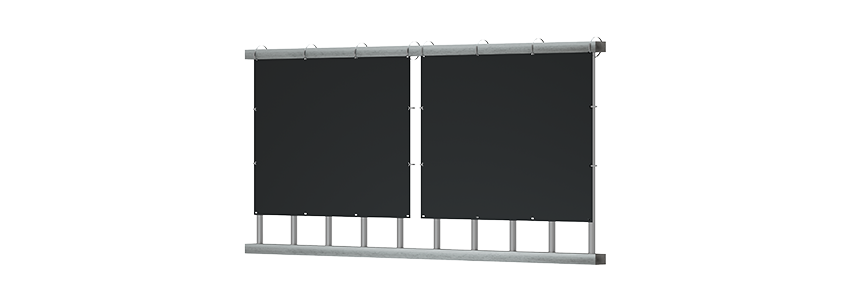
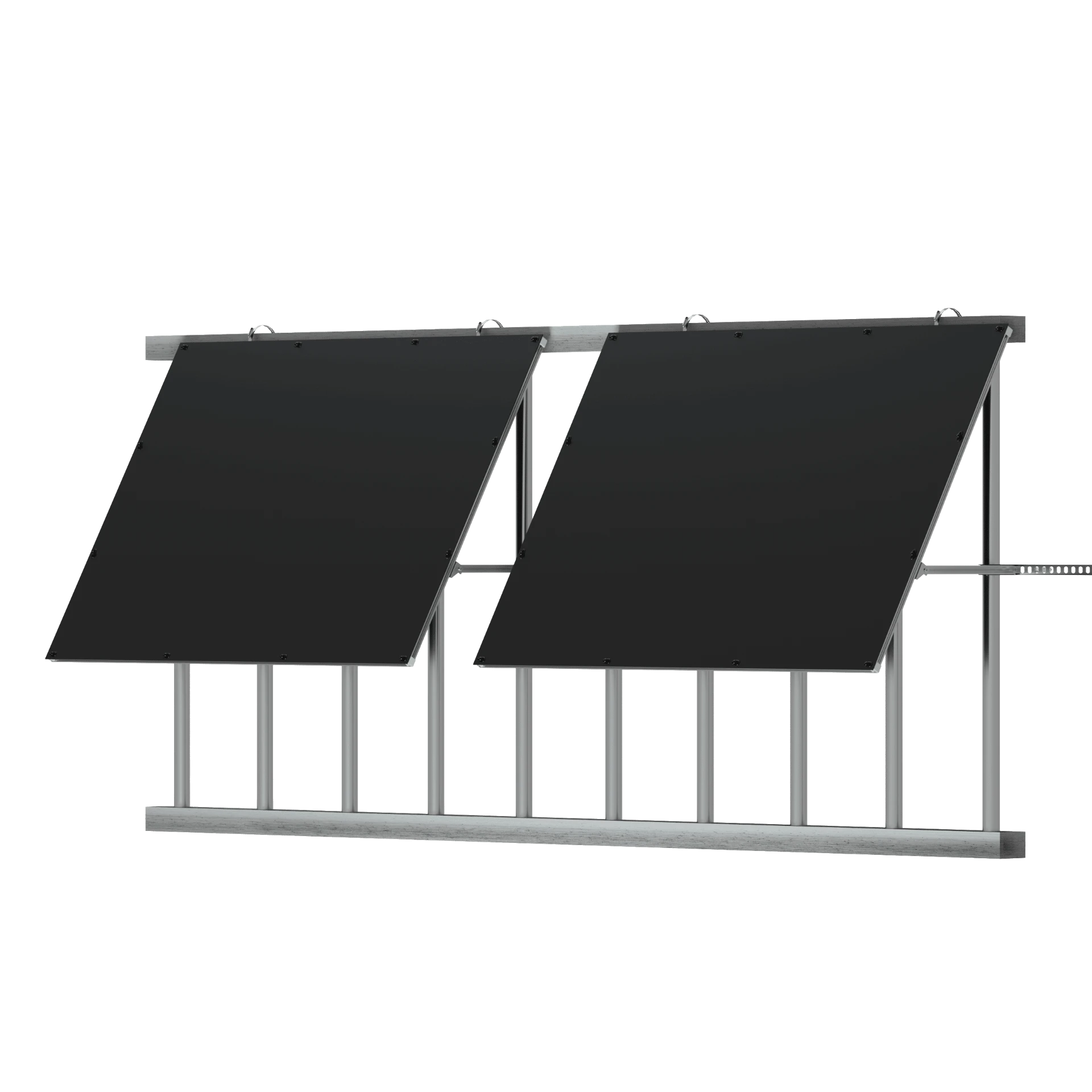



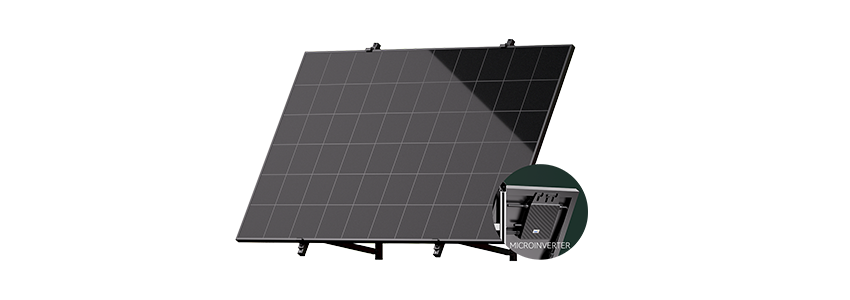
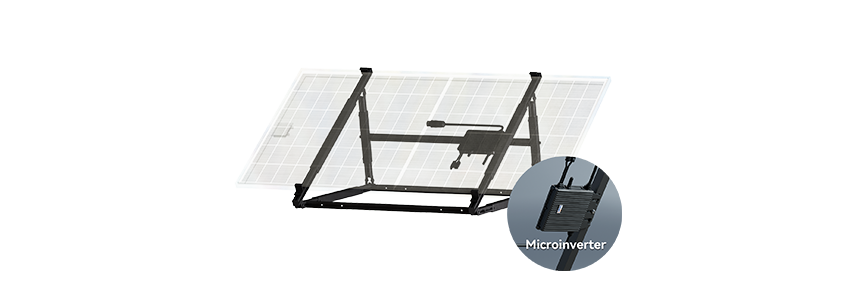
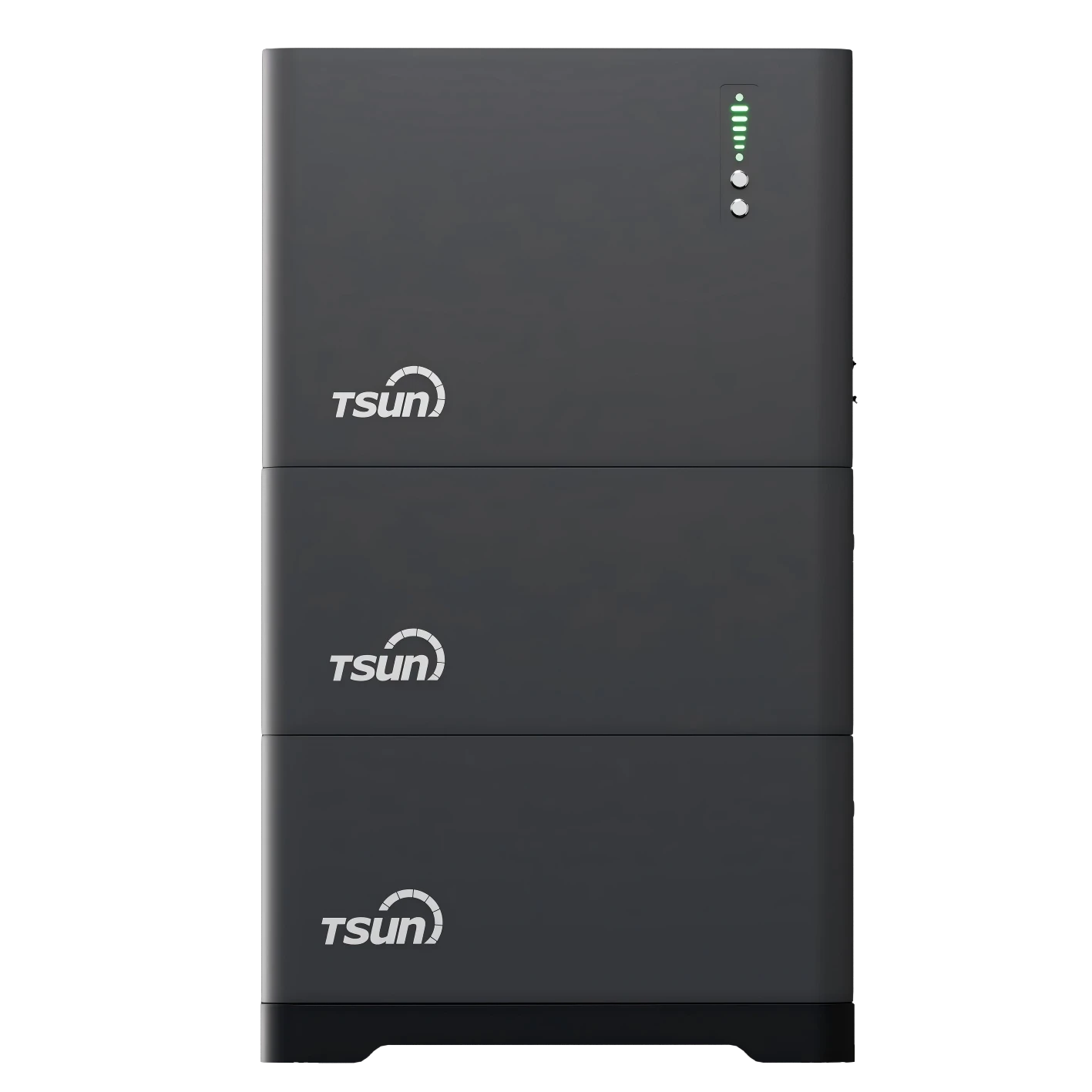
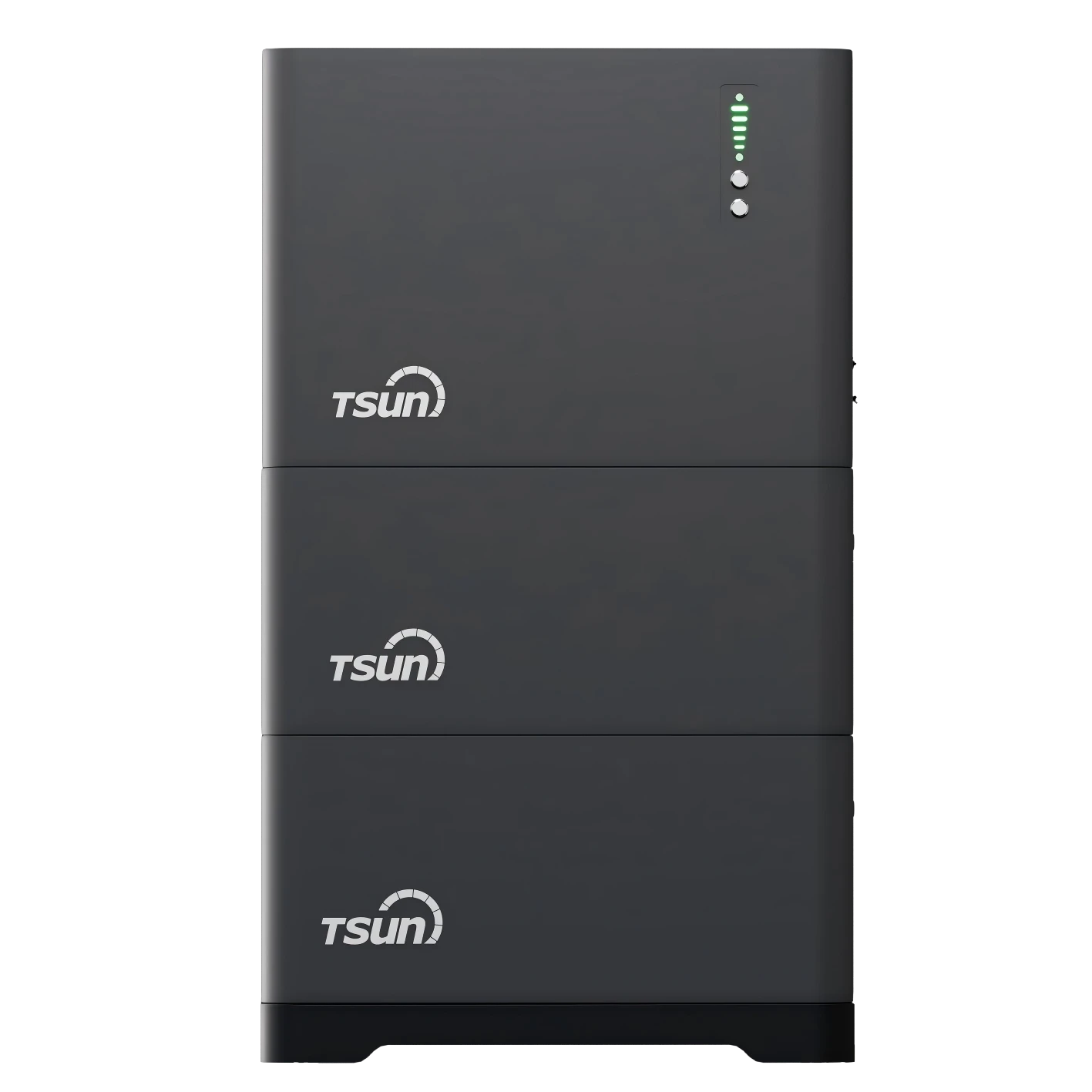
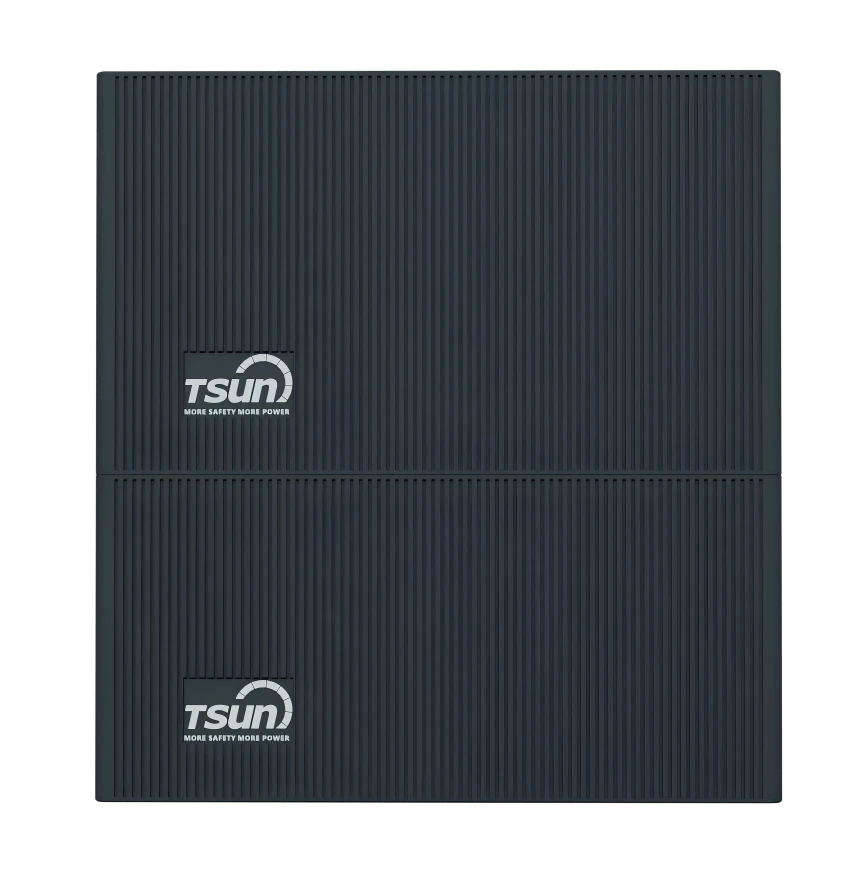

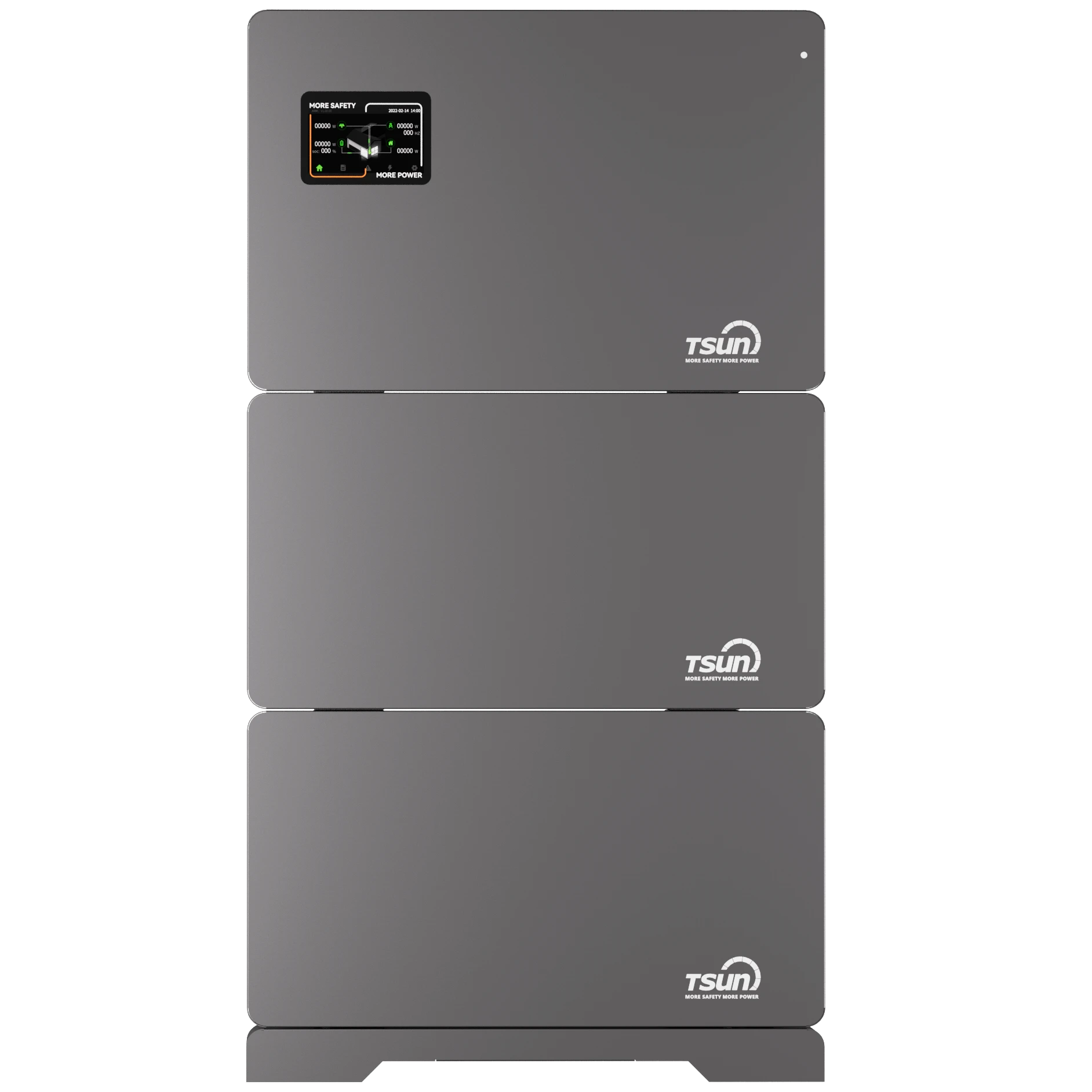




 LEARN DETAILS
LEARN DETAILS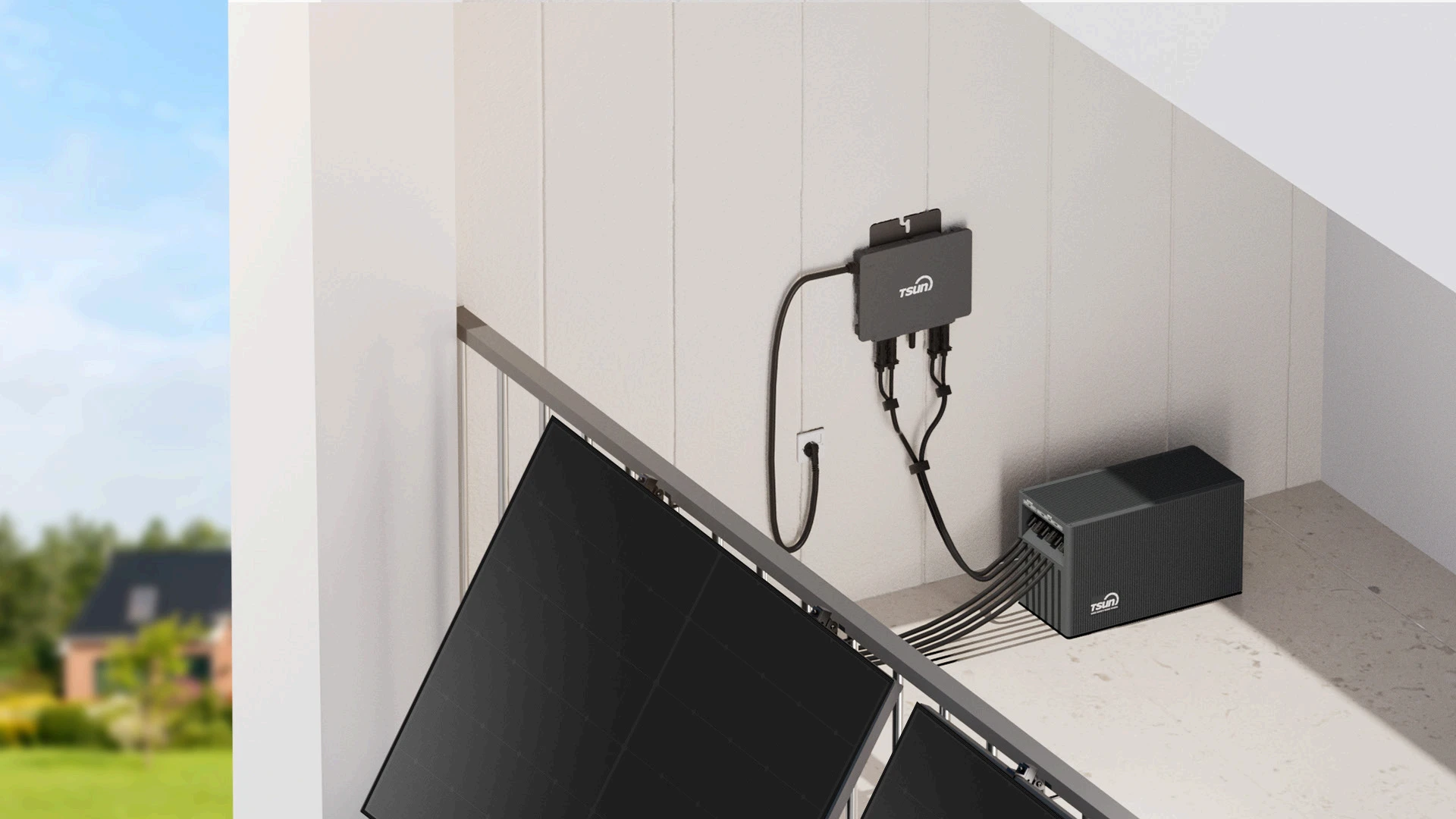
 LEARN DETAILS
LEARN DETAILS
 LEARN DETAILS
LEARN DETAILS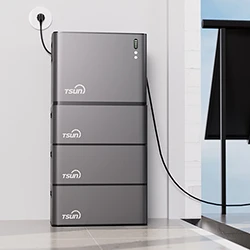
 LEARN DETAILS
LEARN DETAILS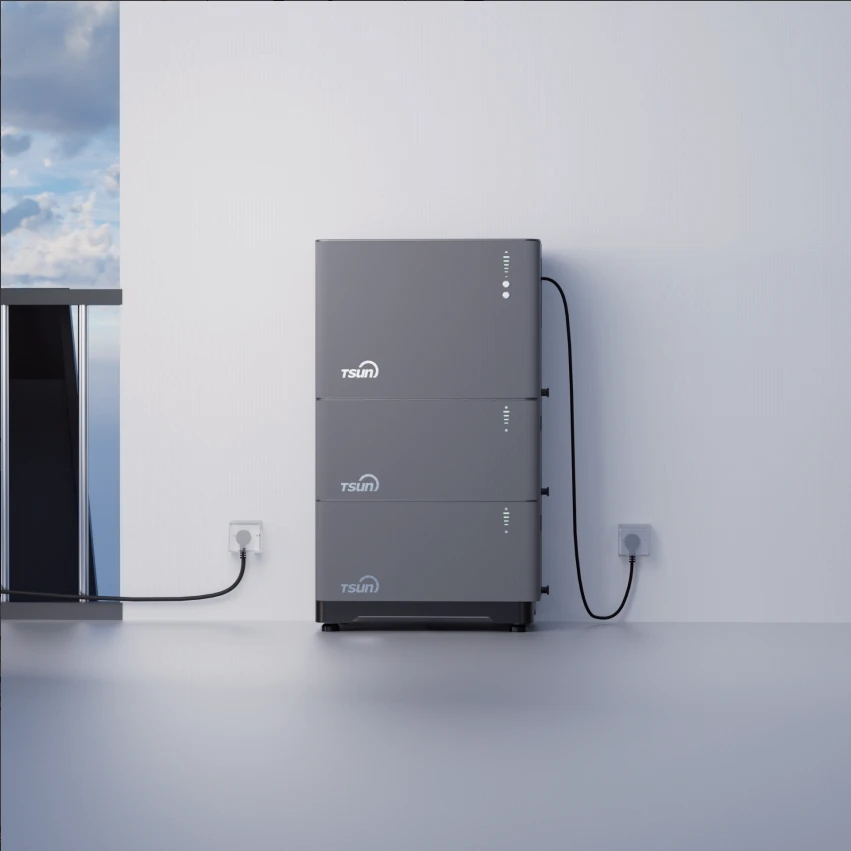
 LEARN DETAILS
LEARN DETAILS

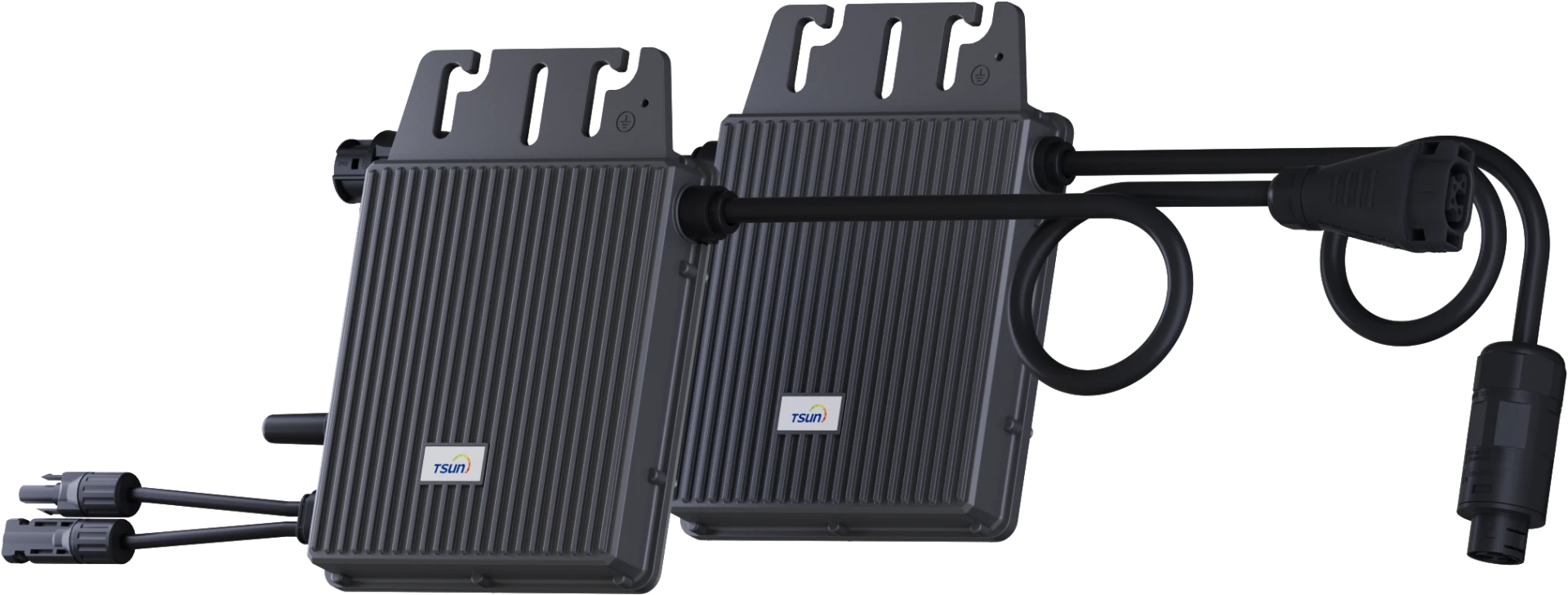

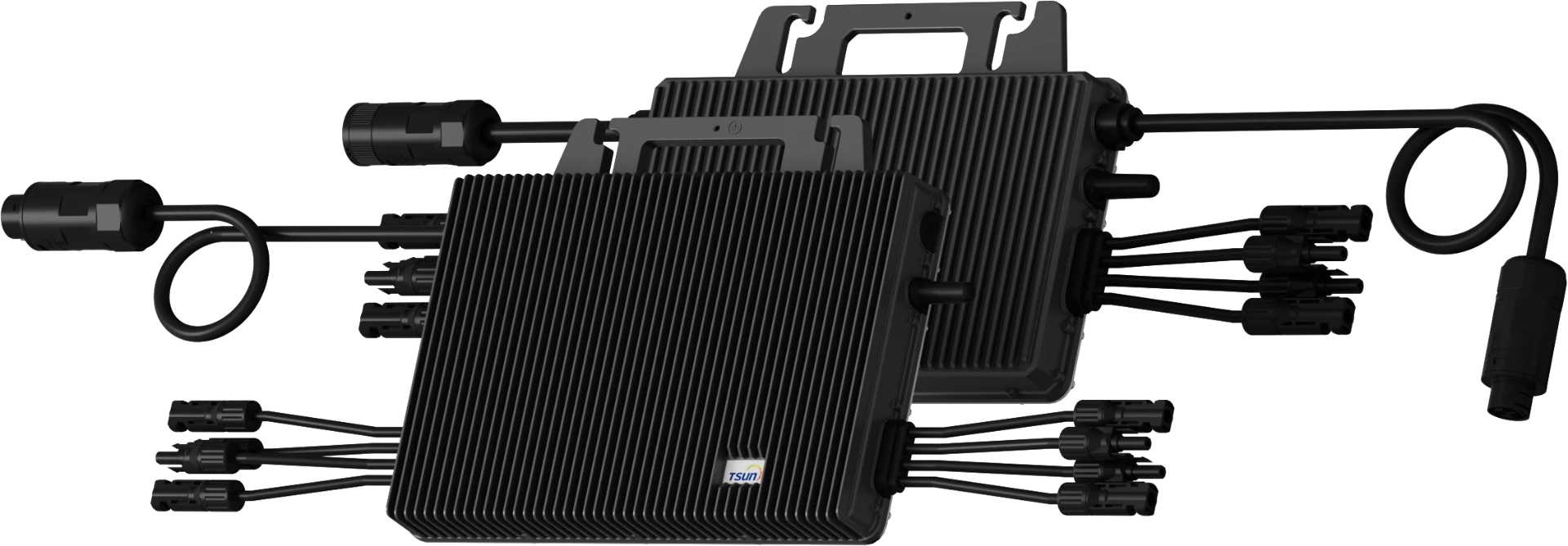
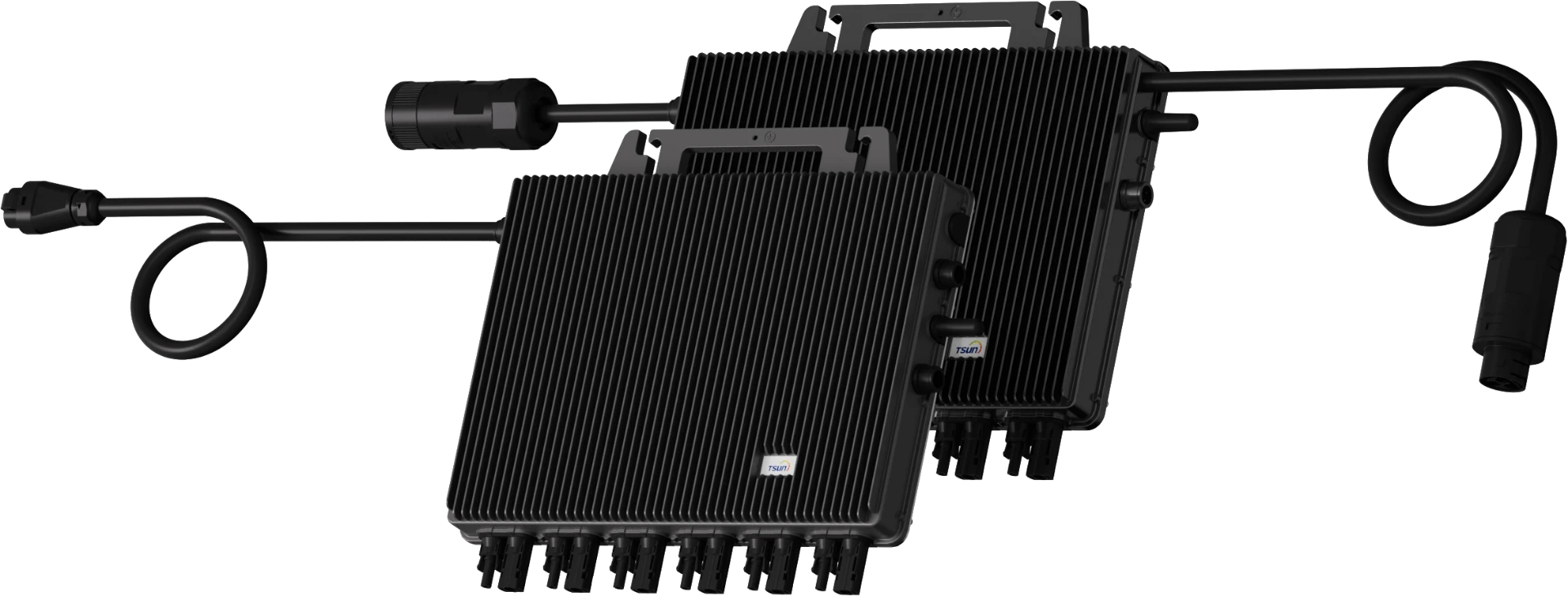
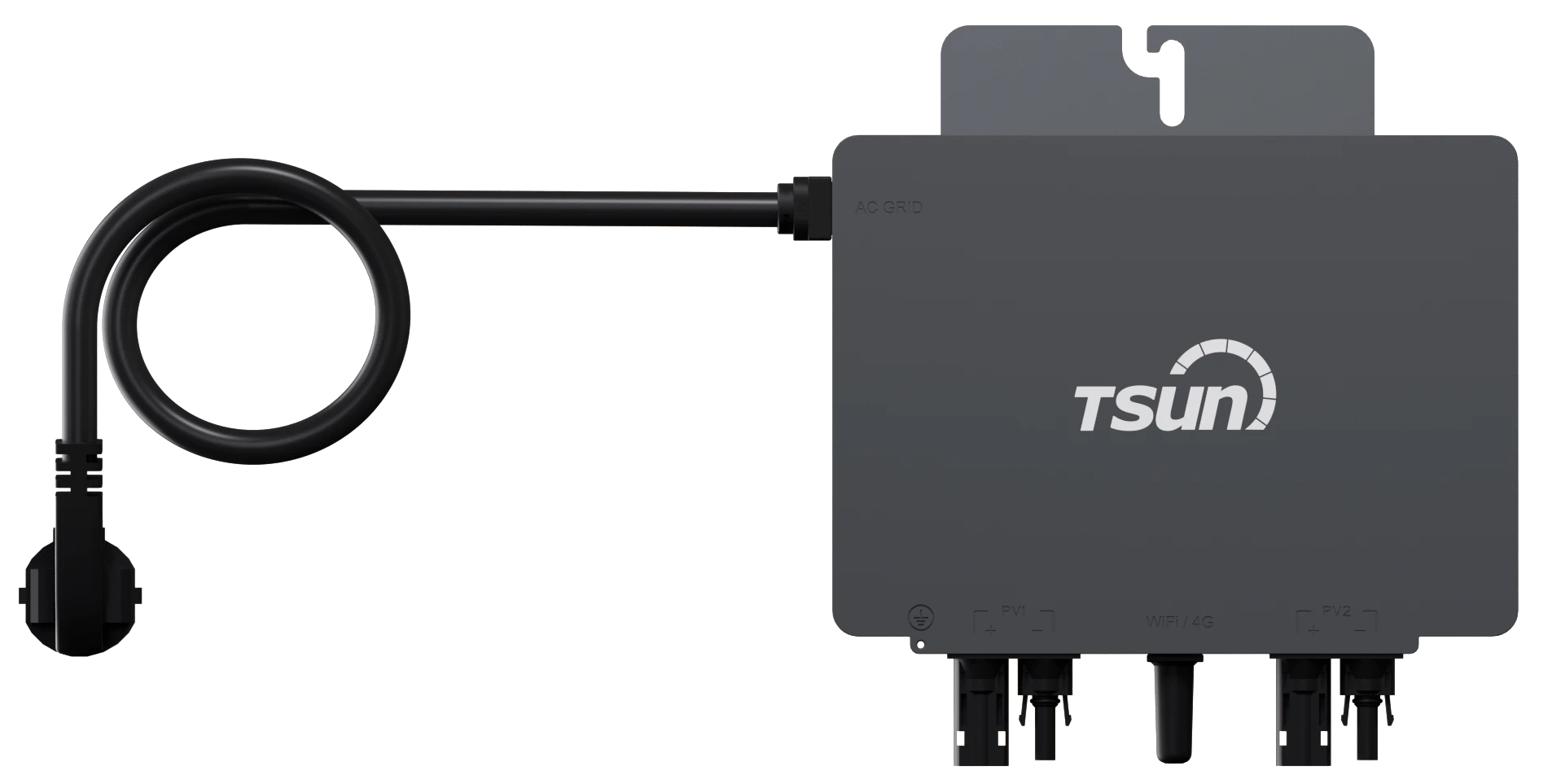
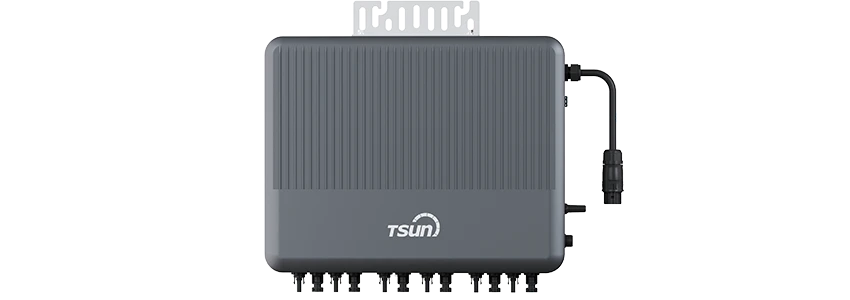
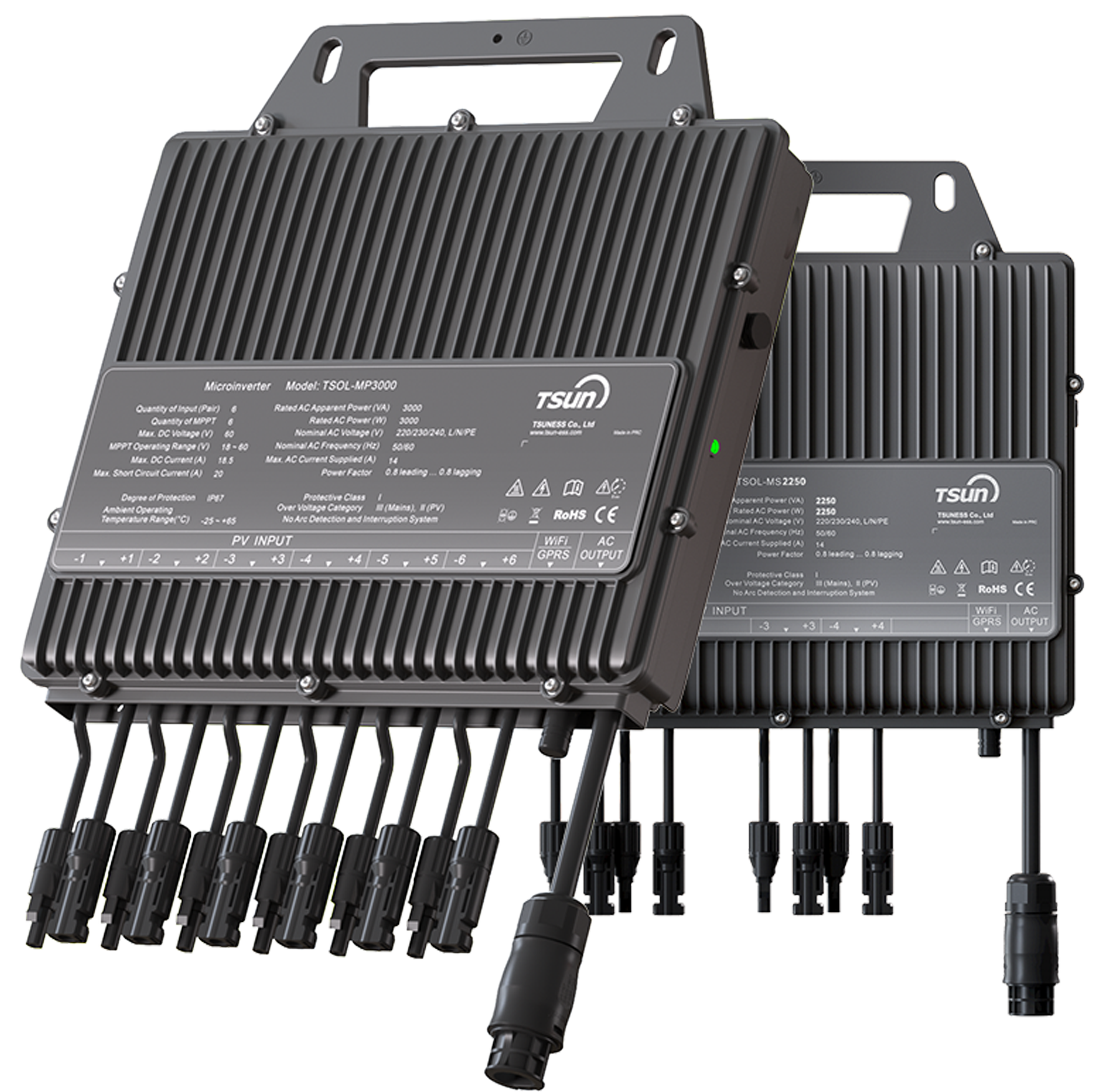


 Downloads
Downloads Video Center
Video Center Report Fault for Repair
Report Fault for Repair FAQS
FAQS Service Network
Service Network Privacy Policy
Privacy Policy Contact Us
Contact Us Monitoring
Monitoring



 LEARN MORE
LEARN MORE








